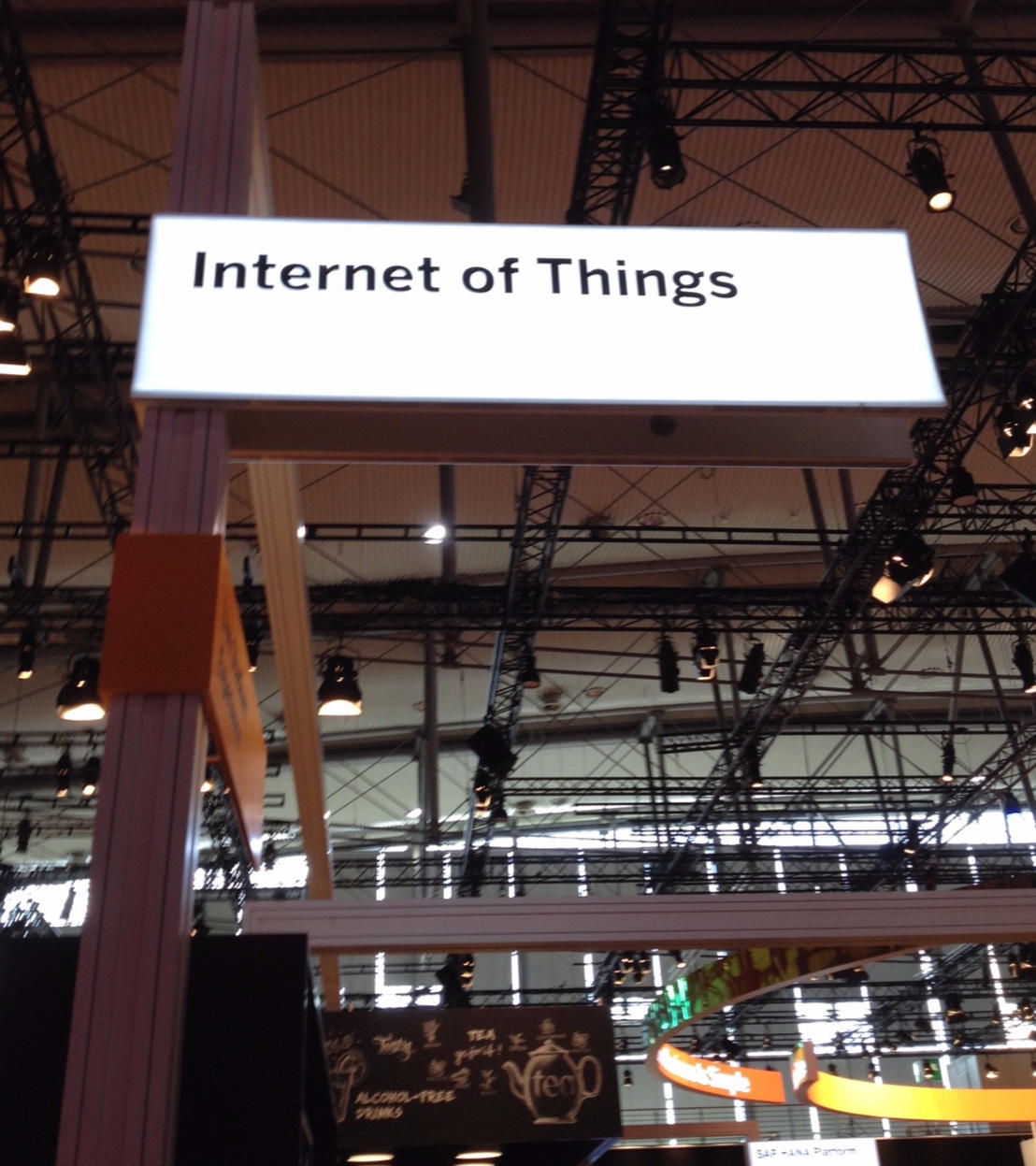Source: achrnews.com
The Internet of Things (IoT) is a broad term with multiple definitions, likely stemming from the different sectors of technology that IoT impacts. According to Microsoft Azure, a cloud computing service created by Microsoft, IoT is defined as “equipment, machines, products, and devices that are connected to the cloud and outfitted to collect and securely transmit data.” The company breaks the overall concept into five common uses for IoT technologies: remote monitoring, predictive maintenance, facilities management, manufacturing efficiency, and connected products.
“Connected products have smart, connective components that allow data to be exchanged between the product and its user, manufacturer, or environment,” stated Microsoft Azure’s definition. “Organizations that invest in the Internet of Things are able to deliver more value, including more personalized customer engagement, less waste of materials and labor, and increased operational efficiency. As data is collected and analyzed, new trends may even reveal new revenue opportunities.”
This is the foundation of IoT. Stepping from that foundation, the HVAC industry is venturing further into the realm of connected devices. Combined with new customer interface demand, the industry finds itself in a prime position to embrace the next evolution of communicating technology.
“Over the last 10 years, we’ve seen connected solutions move from single-point remote controls to entire platform ecosystems that interoperate and automate on behalf of homeowners, simplifying ownership,” said Dave Quam, global connected services director at Resideo. “Homeowners also are becoming more informed on what is causing home discomforts.”
Comfort Experience and Smart Solutions
No longer happy with being warm or cool depending on the thermostat setting, homeowners are seeking what Resideo is calling a comfort experience. This further designation not only includes air temperature, humidity, and IAQ, but it also includes IoT.
“With IoT, data from Resideo’s comfort controls can discover the home’s pulse — its data and energy — and help demystify how the home operates, which ultimately simplifies what it means to own a home through predictive and automated actions,” said Quam. “An example of this is Resideo’s AirCycle service that uses an air quality monitor to generate a personalized report of a home’s IAQ, which helps facilitate a richer consultation between the homeowner and the service professional.”
Comfort often comes at a price, but driven by the principle of value addition, Emerson introduced the Sensi smart thermostat in 2014, which allows homeowners to control their comfort while saving on energy costs.
“IoT technology in smart thermostats also offers environmental sustainability and allows homeowners to participate in demand response programs with utility companies to receive financial incentives on managing their energy demand,” said Kashif Rasheed, director of marketing, White-Rodgers for Emerson. “Many utility companies have a fixed energy supply and are increasingly seeking innovative ways to accommodate peaks in demand without having to resort to carbon intensive and expensive energy from peak plant suppliers. Through demand response programs, customers are offered incentives to provide utility companies with access to smart thermostats to adjust temperature remotely and in turn manage the peak periods of demand and under-supply.”
According to Emerson, energy is one of the largest bills for households and HVAC accounts for approximately half of the total energy bill. The company has seen that using Sensi smart thermostats allows customers to save about 23 percent of their HVAC energy consumption, by adjusting the temperature using flexible scheduling, remote access, and geofencing features.
“With household penetration of smart thermostats at only 12 to 13 percent, we expect to see more widespread adoption of smart thermostats in the coming years,” said Rasheed. “Additionally, we are seeing an increase in customers’ interest to be able to control comfort. IoT technology allows customers to make adjustments that affect comfort remotely, particularly when traveling or away from home for an extended period of time.”
Contractor Experience With Internet of Things
The comfort experience achieved through connected products is also facilitated by remote monitoring and predictive maintenance. These two branches of IoT provide a variety of benefits that improve not only the contractor experience but the customer experience as well.
“HVAC systems don’t break without warning; control logic inside these systems orchestrates retries and recovery when errors occur,” said Quam. “The challenge is that prior to the IoT, these warning signs remained hidden inside the system and only became evident to homeowners after a failure, and usually after the home became uncomfortable. Using IoT data, we can surface these early warning signs in efficient ways to homeowners and contractors alike, making what was once a reactive issue now a proactive conversation, eliminating the stress of sudden breakages.”
Last year, Resideo acquired what it said was a critical appliance monitoring solution that helps professionals see these issues before they become a costly repair.
“Contractors and homeowners using the Resideo app and upcoming monitoring equipment will have access to data that can help diagnose a problem before it gets more serious and prevent premature failure in costly appliances such as water heaters and furnaces,” said Quam.
Emerson’s Sensi Predict Smart HVAC Maintenance solution utilizes IoT technology for predictive and preventive HVAC maintenance and diagnostics. Contractors using the technology are equipped with a “know before you go” solution which enables contractors to address any issue efficiently with a single truck roll. The product also gives contractors real-time data and insights on HVAC systems that predict and diagnose problems before they become bigger issues.
“Diagnostic IoT, such as Sensi Predict, is one trend we’re expecting to see become more and more commonplace,” said Rasheed. “This is still a relatively new technology but has benefits that can revolutionize the way we approach modern HVAC service calls and maintenance agreements. Similar to how car diagnostics are now an expectation, diagnostic IoT technology for HVAC may very well become the new norm.”
Another key element to the contractor experience with IoT is validating installation. According to the Environmental Protection Agency (EPA), 50 percent of HVAC systems in the U.S. are not operating efficiently.
“During installation, contractors are able to monitor system performance in real time, leaving the jobsite in confidence and reducing the number of call backs,” said Rasheed. “Homeowners and contractors can then analyze and stay ahead of problems before they occur, which prevents system failures and extends equipment life.”
Future Plans for IoT
IoT has ushered in a new era for customers and contractors. Where the technology ends is not a consideration as technologies continue to advance and artificial intelligence further adds to the mix.
According to Rasheed, IoT technology will soon be able to support programming replacement parts remotely so contractors can reduce the amount of time spent in cramped areas where installation may be required, such as attics, basements, and crowded utility rooms.
“As platforms mature and data transforms the comfort and efficiencies over time, the HVAC IoT experience will feel dynamic — a constantly curated, evolving, and personalized experience,” said Quam. “Additionally, HVAC service professionals are increasingly integrating IoT and better data into their daily operations, helping to simplify operations, offer value-added differentiated services, and ultimately enhancing the consultative dialogue with their customers. Over time, we’ll see companies focusing more and more on the post-sale services and experiences their products provide the home. Creating a personalized and engaging experience ongoing is a focus of Resideo’s now and into the future.


